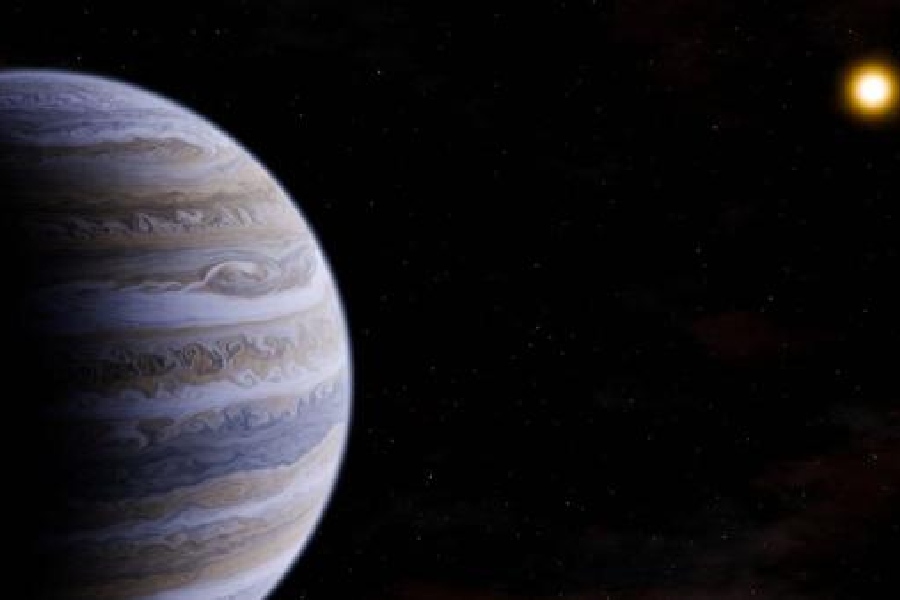Astronomers on Wednesday announced the first-ever direct imaging of a so-called mature Jupiter-like giant exoplanet orbiting a distant star, an observation that they believe could provide fresh insights into late-state planetary evolution.
Exoplanet hunter Prashant Pathak and assistant professor at the Indian Institute of Technology, Kanpur, is a member of an international research team that used the James Webb Space Telescope (JWST) and a ground telescope in Chile for direct imaging of the super-Jupiter.
The planet, which has a mass six times that of Jupiter in the solar system, orbits the star named Epsilon Indi about 12 light years from the solar system, the 19-member team has said, describing their findings in a paper in the journal Nature on Wednesday.
Since the late-1990s, scientists have catalogued over 5,500 exoplanets — planets orbiting other stars in the galaxy. But the vast majority have been discovered through their indirect effects on the light emitted by or the movements of their host stars.
Exoplanets are hard to observe directly because their host stars’ brightness makes them difficult to be seen through telescopes. Technological advances, however, have helped astronomers directly image at least 25 exoplanets. But all are young, hot planets with surface temperatures estimated to be typically around 1,000 degrees Celsius, all less than 500-million-years old, representing early stages of planetary formation.
“The planet around Epsilon Indi is the oldest and therefore the coldest directly imaged Jupiter-sized planet,” Pathak told The Telegraph.
Earlier observations on the star’s wobble and dips in its light emissions had led some astronomers to suggest in 2002, 2013 and 2019 that it had a companion Jupiter-like planet.










